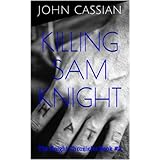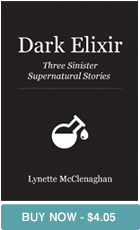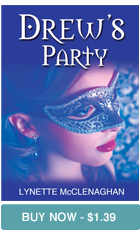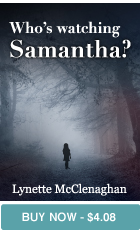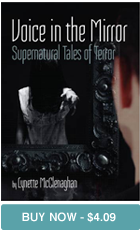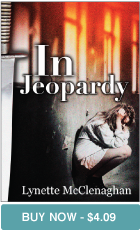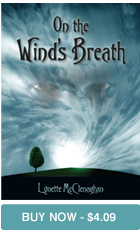
Quotable quotes from horror
It’s difficult to put together quotes that truly reflect the craft of horror because the stories generally depend on the slow burning build-up of atmosphere.
Here are a few
‘That was when Timmy walked over to us… And he stank of the grave. It was a black smell, like everything inside him was just lying there, black and festering and spoilt.’ Stephen King – Pet Sematary
‘A hideous mewing sound now arose, and for a moment all of Jud’s bones turned to white ice. It was not Louis’s son returned from the grave but some hideous demon.’ Stephen King – Pet Sematary
The novella A Christmas Carol is Dickens’ most obviously Gothic tale. However, many of his works feature Gothic overtones. This tale is laced with black humour and enough creepiness to make you shiver and like other works of horror you need to read the whole story to be gripped by that spooky quality that chills.
‘Where angels might have sat enthroned, devils lurked, and glared out menacing. No change, no degradation, no perversion of humanity, in any grade, through all the mysteries of wonderful creation, has monsters half so horrible and dread.’ A Christmas Carol
‘…with a vague uncertain horror, to know that behind the dusky shroud, there were ghostly eyes intently fixed upon him, while he, though he stretched his own to the utmost , could see nothing but a spectral hand and one great heap of black.’ A Christmas Carol
I first read Dorian Gray by Oscar Wilde a number of years ago. Until I became a writer I didn’t appreciate the richness of the story, its mastery of foreshadowing and the subtlety of its horror. These are some of the qualities that feature in my own work.
The premise of this Gothic tale is about a young man who makes a Faustian pact by selling his soul. This story echoes my work in that it has an absence of gore and the horror is psychological and existential. Dorian Gray is a highly literary text. I define my work as mildly literary.
This story also doubles as crime fiction in the same way that Dr Jekyll and Mr Hyde does.
Feminist writer Camille Paglia, coined a term the Dorian Syndrome, where a person is obsessed with being forever young.
‘The picture had not changed. It was folly to think so. Yet it was watching him, with its beautiful marred face and its cruel smile.’ Oscar Wilde
‘Gradually white fingers creep through the curtains, and they appear to tremble. In black fantastic shapes, dumb shadows crawl into the corners of the room, and crouch there.’ Oscar Wilde
‘Christ! What a thing I must have worshipped! It has the eyes of a devil.
Each of us has Heaven and Hell in him…’ Oscar Wilde
M R James’ ghost stories make compelling reading, however his writing is verbose and somewhat wooden.
Many of his stories have been filmed in a compilation of his best tales where they have come to life in a way that the written versions themselves lack.
And finally for today’s entry
The Loves of Lady Purple by Angela Carter is a tale about how a man becomes so enchanted by a puppet that he unwittingly breathes life into it.
‘ …had the marionette all the time parodied the living or was she, now living…? …young and extravagantly beautiful, the leprous whiteness of her face gave her the appearance of a corpse animated solely by demonic will.’
